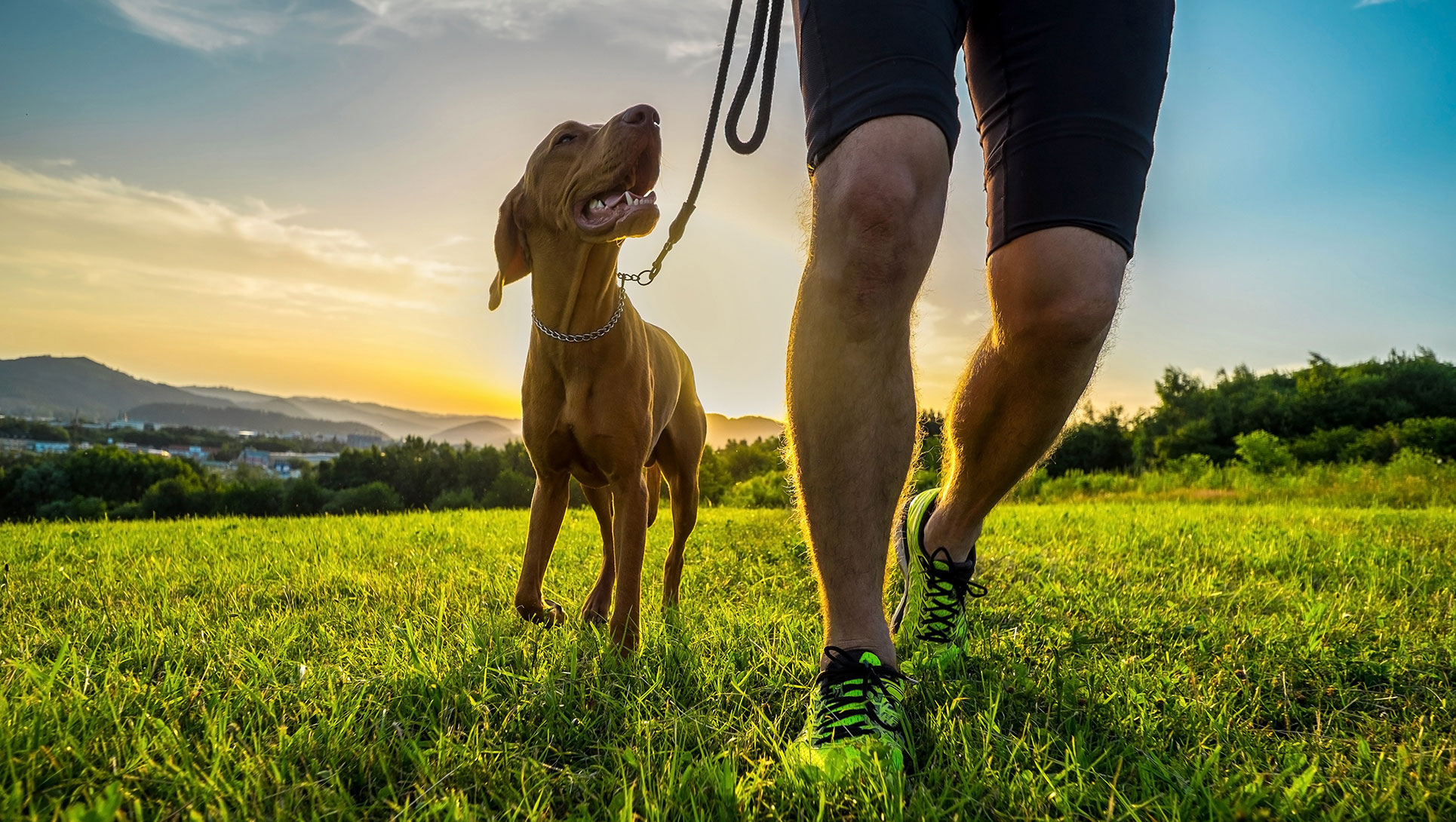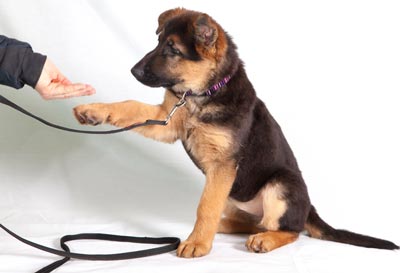Novice's Guide to Effective Dog Training in the house
Effectively educating a canine in your home calls for a nuanced understanding of canine behavior and efficient interaction techniques. Developing clear training objectives, utilizing high-quality benefits, and keeping consistency throughout relative are critical elements. In addition, incorporating training into everyday routines can boost both engagement and retention. However, numerous beginner trainers encounter challenges that might impede development. To navigate these complexities properly, it's vital to check out numerous key facets that can change your method and result in an unified connection with your pet dog. What basic principles should every beginner grasp to guarantee success?
Understanding Pet Habits
Understanding pet dog actions is important for effective training and cultivating a harmonious relationship in between human beings and their canine companions - Puppy Training. Dogs connect mainly through body language, vocalizations, and faces, making it vital for owners to translate these signals properly. Identifying habits such as tail wagging, roaring, or trembling can give insights into a canine's mood and objectives
Moreover, recognizing the natural reactions of canines, such as their pack attitude, assists proprietors develop management roles within the house. This is important for developing a structured environment where canines feel safe and are much more responsive to training. Dogs are likewise affected by their socialization experiences; very early exposure to different environments, people, and various other pets can considerably shape their actions later on in life.
Typical behavior concerns, such as aggressiveness, anxiousness, or excessive barking, frequently originate from misconceptions or unmet demands. Observing and resolving these issues without delay can prevent escalation and ensure a positive training experience. By fostering a deep understanding of pet behavior, proprietors can tailor their training approaches to fit their canine buddies, inevitably bring about a well-behaved and contented pet.

Important Training Devices
A well-appointed training area can significantly improve the performance of dog training at home. Crucial training tools make certain that both the dog and the instructor can involve in productive sessions that cultivate understanding and bonding.

Buying a durable leash and a comfy, well-fitting collar or harness is vital for security and control. These devices help develop limits and guarantee the dog remains safe and secure during training. In addition, an assigned training location, totally free from diversions, aids concentration for both the trainer and the pet.
Educating help such as training pads, cones, or agility equipment can also boost the experience by presenting range and challenges. Lastly, having a note pad or electronic app for tracking development can be very useful, permitting you to note successes and areas for enhancement. Making use of these necessary tools will create a positive training setting and lay the foundation for effective discovering.
Creating an Educating Regimen
Developing a consistent training regimen is essential for reliable canine training at home. A well-structured routine not only assists in reinforcing desired habits however also offers your pet with a feeling of safety and security and predictability. To create a reliable training routine, start by identifying certain training goals, such as fundamental commands, chain walking, or housebreaking.
Pick an assigned time daily for visit the website training sessions, ideally when your dog is alert and receptive. Sessions must be short, roughly 5 to 15 minutes, to maintain focus and prevent fatigue. Consistency in timing and atmosphere will enhance your pet's discovering experience.
Integrate training right into daily activities to enhance skills. As an example, method commands during strolls or read review mealtime, which integrates learning into natural routines. Additionally, remain versatile and change the regular as needed, suiting your dog's energy levels and mood.
Favorable Support Strategies

When implementing favorable reinforcement, it is necessary to pick benefits that are encouraging for your canine. High-value deals with, such as small pieces of hen or cheese, can be particularly efficient throughout training sessions. Furthermore, differing the incentives can keep your canine's passion and enthusiasm.
Begin with simple commands, like "sit" or "remain," and progressively progress to much more intricate tasks. Consistency is crucial; ensure that all member of the family make use of the same commands and benefit systems to prevent complication.
Moreover, it is important to continue to be person and avoid stress. Canines, like human beings, find out at their very own pace. By fostering an encouraging training atmosphere with favorable support, you can boost your pet's learning experience while strengthening the bond in between you and your fuzzy companion, laying the foundation for effective training results.
Common Training Difficulties
While training a canine in your home can be a satisfying experience, it often comes with a set of common difficulties that can evaluate both persistence and consistency. One common issue is interruption. Pet dogs might end up being quickly sidetracked by noises, movements, or even scents in their setting, making it hard to keep their emphasis throughout training sessions.
One more challenge is disparity in commands and reinforcement. If relative utilize different cues or incentives, it can prevent and perplex the canine progress. Establishing a unified method is important for effective interaction.
Furthermore, canines can experience irritation or stress and anxiety, especially if they do not understand what is anticipated of them. This can lead to unwanted habits, such as chewing or barking.
Finally, the timing of support see here now is crucial. Delayed benefits can diminish the efficiency of favorable reinforcement, as pets might fail to link the behavior with the benefit.
Conquering these obstacles requires dedication, clear interaction, and a structured training strategy - Puppy Training. Acknowledging and resolving these common barriers will lead the way for a much more delightful and successful training experience in your home
Verdict
In conclusion, effective pet dog training at home requires a comprehensive understanding of canine actions and efficient communication approaches. By establishing clear training objectives and making use of top notch treats along with favorable reinforcement, the training procedure ends up being more rewarding for both the instructor and the pet dog.
Establishing a constant training routine is essential for reliable canine training at home.Favorable reinforcement techniques are essential to reliable canine training, advertising preferred behaviors with rewards instead than punishment. By promoting an encouraging training setting through favorable support, you can enhance your pet dog's knowing experience while reinforcing the bond between you and your fuzzy friend, laying the groundwork for successful training end results.
In conclusion, successful pet training at home necessitates a detailed understanding of canine actions and effective communication approaches. By establishing clear training goals and making use of top quality deals with along with positive reinforcement, the training process ends up being extra gratifying for both the pet and the trainer.